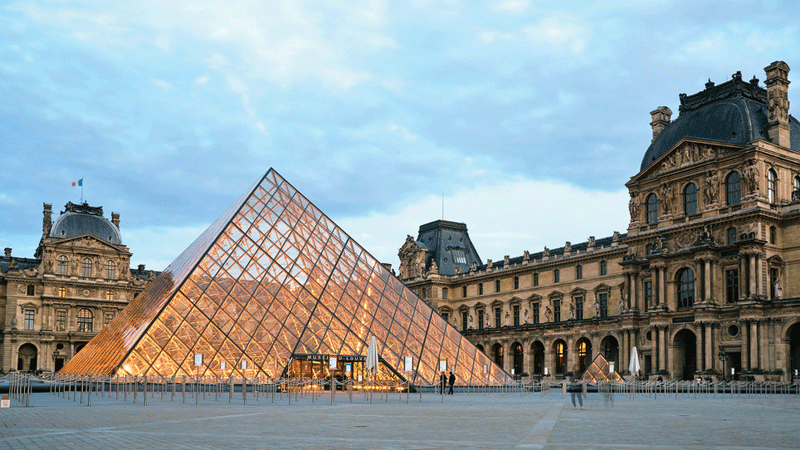


When the River Seine that runs through Paris overflowed this month, officials at the Louvre Museum were relieved some of their most valuable items were safely stored in northern France.
The world’s largest and most visited museum, with almost 10 million visitors annually, had already transported some 100,000 at risk art pieces to the new Louvre Conservation Center in Lievin, some 190 km north. The reason? Climate change.
“The current floods show once again how necessary it is to protect our art works from flooding,” said Jean-Luc Martinez, Director of the Louvre, which owns about 620,000 artworks, only 35,000 of which are on display in the Parisian former palace.
“Soon this flood danger will — once and for all — be behind us,” he told the Thomson Reuters Foundation.
With climate change, scientists say heavy rains that cause flooding are set to become more frequent, threatening riverside gems like the Louvre, Notre Dame cathedral and the Musee d’Orsay—- home to the world’s greatest Impressionist paintings.
The problem is not unique to Paris. Italy built flood barriers to protect Venice’s historic city centre after salty sea water damaged St Mark’s Basilica, while London’s Tate galleries sit on flood-prone sites.
“We have a lot of museums whose collections will be affected if they are not stored properly,” said Mechtild Rossler, Director of the UNESCO World Heritage Centre, which supports landmark buildings recognised by the UN cultural agency.
By mid-2021, Louvre officials hope 250,000 at-risk paintings, sculptures and tapestries — including the Venus de Milo — will be in their new, $120 million home, where they will be safe from floods, heatwaves and other extreme weather.
The 18,500-square metre glass and steel building was designed to blend into the local environment, with a grass covered roof where wildflowers grow in the spring, that helps with rainwater management to prevent flash flooding.
The Louvre Conservation Center is set to become one of Europe’s largest art training and research centres, visited by museum specialists, conservators and academics from around the world, as well as offering refuge for countries in conflict.
“This request must come from the states themselves, in full compliance with international law, and provided the works be returned safely when the conflict is resolved,” the Louvre said on its website.
The conservation centre, which opened in October 2019, will gather together in one place works previously stored in about 60 locations, almost two decades after the Paris Police Prefecture first warned that the Louvre was at risk. — Thomson Reuters Foundation
Oman Observer is now on the WhatsApp channel. Click here



